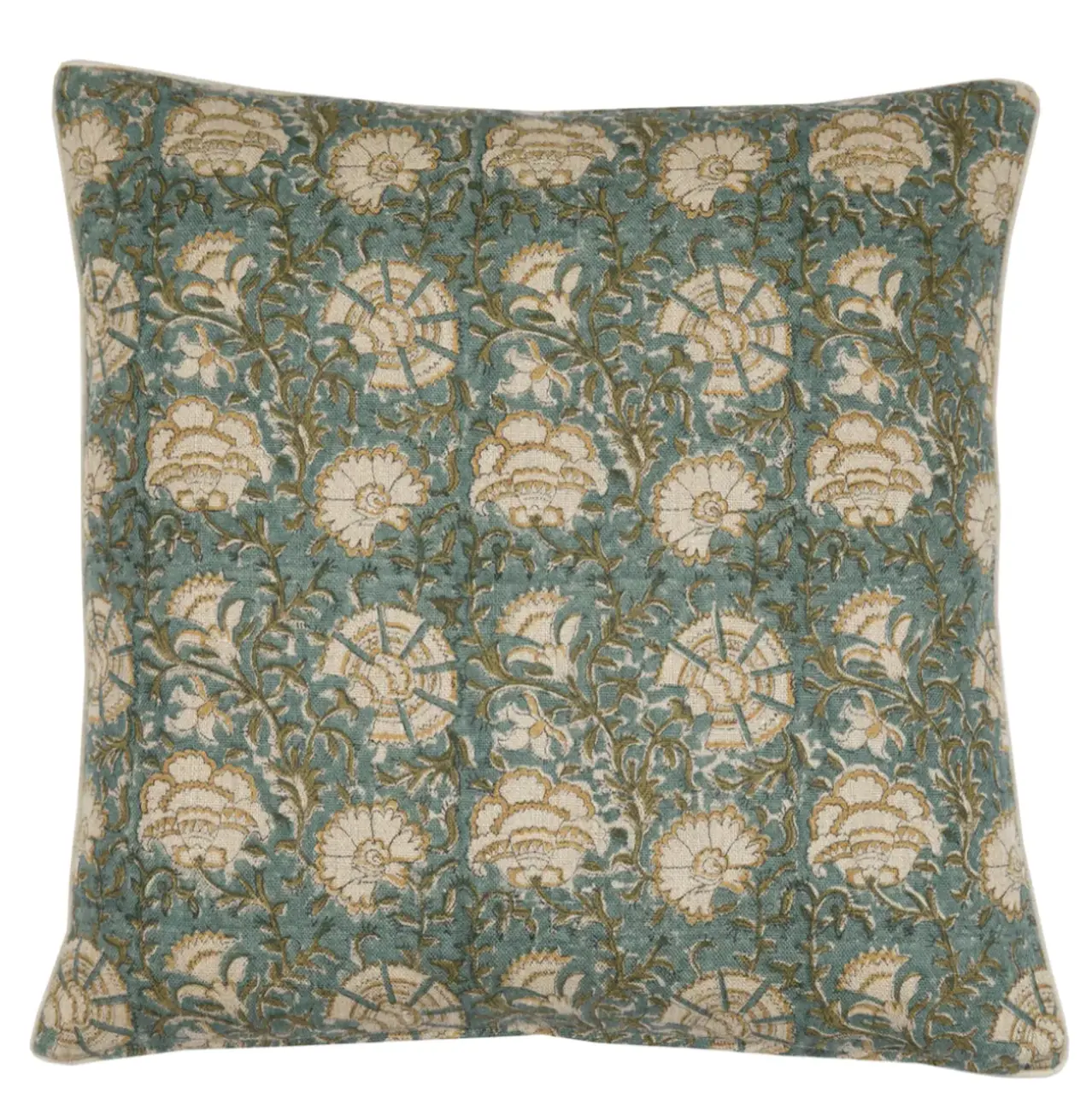It’s hot outside so get your bathing suit, shorts or tee on, grab your flip flops and head to the water .. and don’t forget sunscreen! If I could go back in time and do one thing differently I would have worn sunscreen daily and spent less time in direct sunlight. I grew up along the coast in Southern California at a time when we all worshiped the sun and didn’t have the knowledge or availability of sunscreens that we do today. I paid a price for that Coppertone body and have spent years trying to correct the damage. It’s never too late to change so let’s talk about what you can do!
One of my favorite topics to discuss with my patients is that of sunscreens.
Let’s break it down:
First and foremost, make sure you like the product and that you will be able to wear it everyday, even on a cloudy day. The damaging UVA and UVB rays go right through clouds and so even if you feel cool or that you are not “exposed” you are.
What is UVA and UVB?
UVA rays cause aging. You can remember that by saying “A” is for aging. UVA causes skin changes like wrinkles, and 90 percent is related to sun damage. UVB is the one that causes skin cancers (B is for burn). It’s important to use a sunscreen is broad spectrum and protects you against both of these damaging rays. Secondly, use a product that you like enough that you will wear daily. If your sunscreen makes you look white, chalky, or greasy, you won’t wear daily. You will need about one shot glass full of sunscreen for your body and about a teaspoon on your face.
Types of Sunscreens
Chemical: these are the vast majority of sunscreens that are available at Target, and other drug stores. Neutragena, Coppertone, etc.. These are all oxybenzone, avobenzone are all chemicals. Read the labels! These products will protect you from UV rays but you will have to first apply the chemicals to your skin and then the chemicals will need to be absorbed. Once absorbed into the skin, the chemicals bind with free radicals and fight free radical damage. The question is do you really want to absorb a chemical into your skin or have a chemical reaction happening underneath the surface of skin? There have been some studies that suggest that some of these chemicals might disrupt hormone function although the studies are not conclusive.
Physical : My preference is that you choose a physical sunscreen. If you read the back of bottle of your sunscreen you should see titanium and zinc oxide. These are reflective molecules that sit on the surface of the skin so when sunlight hits the surface of your skin the damaging rays bounce or deflect the damaging rays and heat. It used to be that physical sunscreens appeared white and chalky, now there are excellent products (even tinted!) that go on without leaving a white cast to the skin.

Do I need 15, 30, or 50 SPF?
Choose a broad-spectrum sunscreen. When a sunscreen is not labeled broad-spectrum it may offer protection only against UVB rays. SPF measures the sunscreen’s ability to prevent damage. Here is an easy way to know how long your sunscreen will be effective.
SPF 15 filters about 93% of the UVB rays. If you normally burn or start tanning after 10 minutes of unprotected sun, SPF 15 will protect your skin for about 150 minutes (multiply 15 X 10). SPF 30 filters about 97% and SPF 50 filters about 98%. Multiply each number by 10 to determine the amount of time you have in the sun before you need to reapply.
Application
Don’t forget to use sunscreen on your chest, hands, backs of the ears and tops of the feet. I see so many women that treat only their face and forget to apply sunscreen to the chest and hands. Brown spots and lines will show up over time if you aren’t protecting your skin! You receive damaging rays right through the window of your car so have sunscreen on when you drive.
Fake It Don’t Bake It
Sunless tanning has become easier than ever with self tanners and powder bronzers. For my face I use Becca or Kjaer Weis Bronzer and for the rest of my body my two favorites are St. Tropez and Loving Tan 2 hour express. Learning to apply your bronzer evenly and choosing the correct shade to match your skin tone is key to the perfect fake tan. Make sure you apply your self tanner to clean, dry, and exfoliated skin with an applicator mitt.

After you apply your self tanner, moisturize to even out your color and then apply sunscreen. If you burn easily try UV protective clothing (here) along with sunglasses and a hat.
Here’s some of my stash!
These are all physical blocks and are patient favorites! I use them all and when applied properly they do not leave a chalky appearance.




























8 Responses
Very informative friend. Education is key. We have learned a lot since my husband’s melanoma diagnosis. What we wish we all knew back then.
Hi Lauren:) yes, I wish we had the resources and information that we do today back when we were kids. That said, it’s never too late to start taking care of your skin:)
Regarding your husband .. that’s not good news. I am glad he is okay and wishing continued good health.
Same here Leslie. I grew up loving summers around the pool and vacations at the beach. Great advise and such good products now. I still love the beach but I’m well protected now! Thanks for the reminder……
You got it! It’s never too late to start protecting your skin:)
This is one of the best articles I’ve read explaining the differences between UVA and UVB rays and types of sunscreens. I recently learned the importance of sunscreen not just between 10 AM — 4 PM but anytime the sun is shining. ;-) I will definitely try some of these products and currently use Skinceuticals, Elta, Colorscience and Coola. As I also spent most of my youth in So CA sunshine, it’s good to know I’m not completely hopeless! Thank you!
Thank you so much! Writing for blogs can feel like you are speaking to AIR .. and I sometimes wonder if anyone reads anything I write. I appreciate the feedback so much. Stay cool and covered;) xoL
Yes, I paid big time also! When I think back as a teen in in the late 60’s and 70’s we would cover double albums with tin foil, glob our skin with baby oil and literally fryfryBecause. And let’s not forget to mention years of tanning beds. Because of all that, I’ve had many basal cells removed and 2 squamous removed by moths surgery. I love the skinceuticals sunscreen. Thank you for all the great info!
Yes! “Laying out” or tanning was something we all just did and SPF was seldom talked about. So glad you are using the skinceuticals sunscreen, it’s a good one!